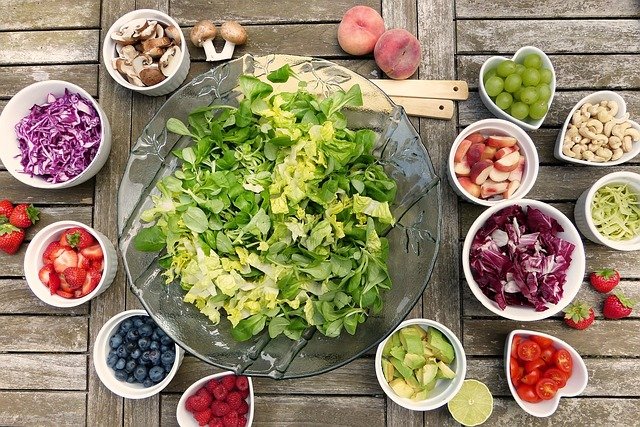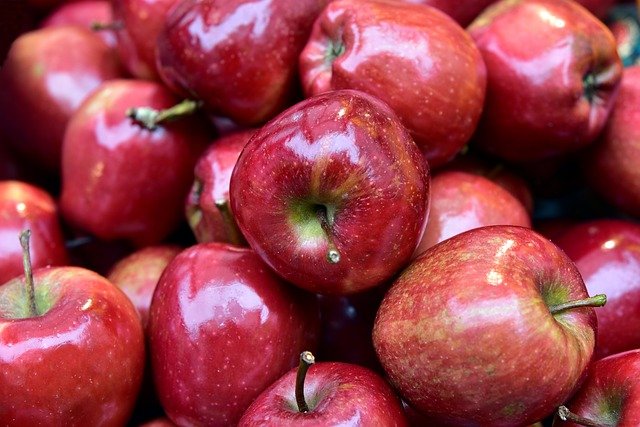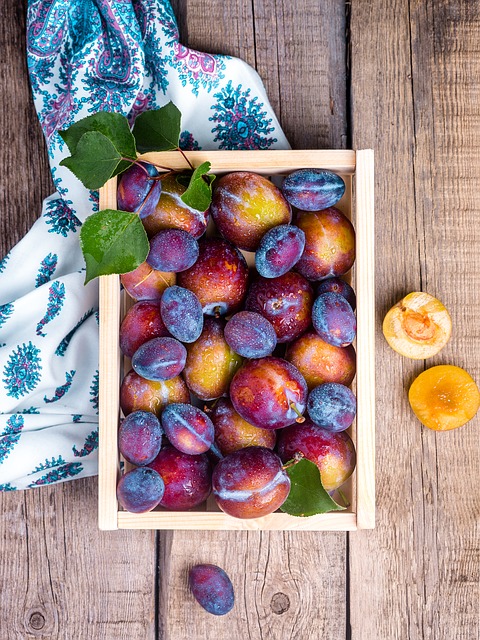
Consuming fruits and vegetables in a drink is an excellent way to give your body the nutrients and vitamins that it should have. Before rushing out and starting to juice, review the different kinds of juices and what benefits they offer so you can create a personalized juicing plan. In this article, there are a lot of tips you can learn about juicing.
You can make juice that is extra healthy for you by using dark green vegetables as the base. Use the juice from vegetables, such as spinach, broccoli or Swiss chard, for about fifty to seventy-five percent of your drink to give the boost of nutrition. Make the remaining portion tasty with fresh and flavorful fruits.
If juicing is part of your health regimen, the best ingredients to juice include green veggies like spinach, broccoli, kale, chard and other such vegetables. Strive to prepare juices that are composed of 50 to 70 percent greens, and use the remaining percentage to flavor the juice with other vegetables or fruits. Fruit juice is full of natural sugar and includes less vitamins and nutrients than vegetables.
Save your juice, and slowly drink it. Allow yourself to enjoy each and every flavor contained. Your saliva will help breakdown the juice’s nutrients, and allow your body to have an easier time digesting it.
Think of your juice as a meal. Once you have made a few glasses of juice, and you have ascertained the amount of produce you need to produce one glass, you will be better informed. Drink your juice as a standalone meal, so that the nutrients inside go into your bloodstream that much quicker.
Let color guide you. Reds, oranges, yellows and greens: they all add different nutrients to the final product. Make choices from each colorful group, and you’ll have the benefits of variety of tastes, vitamins and minerals.
Do a little bit of research on the nutritional value of fresh produce before you begin juicing. Different foods offer different benefits for your body; some are high in vitamin C, whereas another item might be rich in antioxidants. Choose a blend of vegetables and fruits that provide the vitamins and minerals that meet your individual needs. Not only will you give your body the nutrients it needs, but you will also find blends you may simply enjoy.

Whenever you try a new kind of juice, pay attention to what your body tells you. Sometimes a certain fruit or vegetable can cause your system to become upset. If you experience nausea or other stomach upset, take the time to identify the ingredient that might have caused it. Often this will be something you rarely consume. Then next time you make the same juice, put in a little less of the new ingredient to let your body get accustomed to it.
After creating your juice concoction, remember to consume it as soon as possible. To receive the best juice for being healthy, you should drink it immediately. When juice sits around, it loses nutrients. With that said, it is a good practice to drink the juice immediately.
When juicing, try to make juices with vegetables and fruits that you don’t normally eat. If the taste is not to your liking, throw something in to cover the flavor. This will help you to get all the nutrients you need, especially ones you might miss otherwise. As for covering up an unappealing flavor in a nutritious juice, try using sweet apples or lemon juice.
Cucumbers can be juiced to provide nutrients especially good for hair growth and healthy skin. Cucumbers have a high silica content. Silica makes connective tissue stronger and improves other body parts, such as muscles and tendons.
Strive to use lots of negative calorie foods when you are juicing so that you don’t have to burn off much energy after drinking your juices. Many dark greens fall into this category. Some of them are cabbage, kale, broccoli, and various herbs. Fruits high in fiber are always good choices as well, since the body breaks them down with thorough digestion.
As previously noted, consuming your fruits and veggies in liquid form is a fast and effective way to get plenty of nutrients. Your overall health will see a huge improvement with a proper diet involving freshly made juice.
